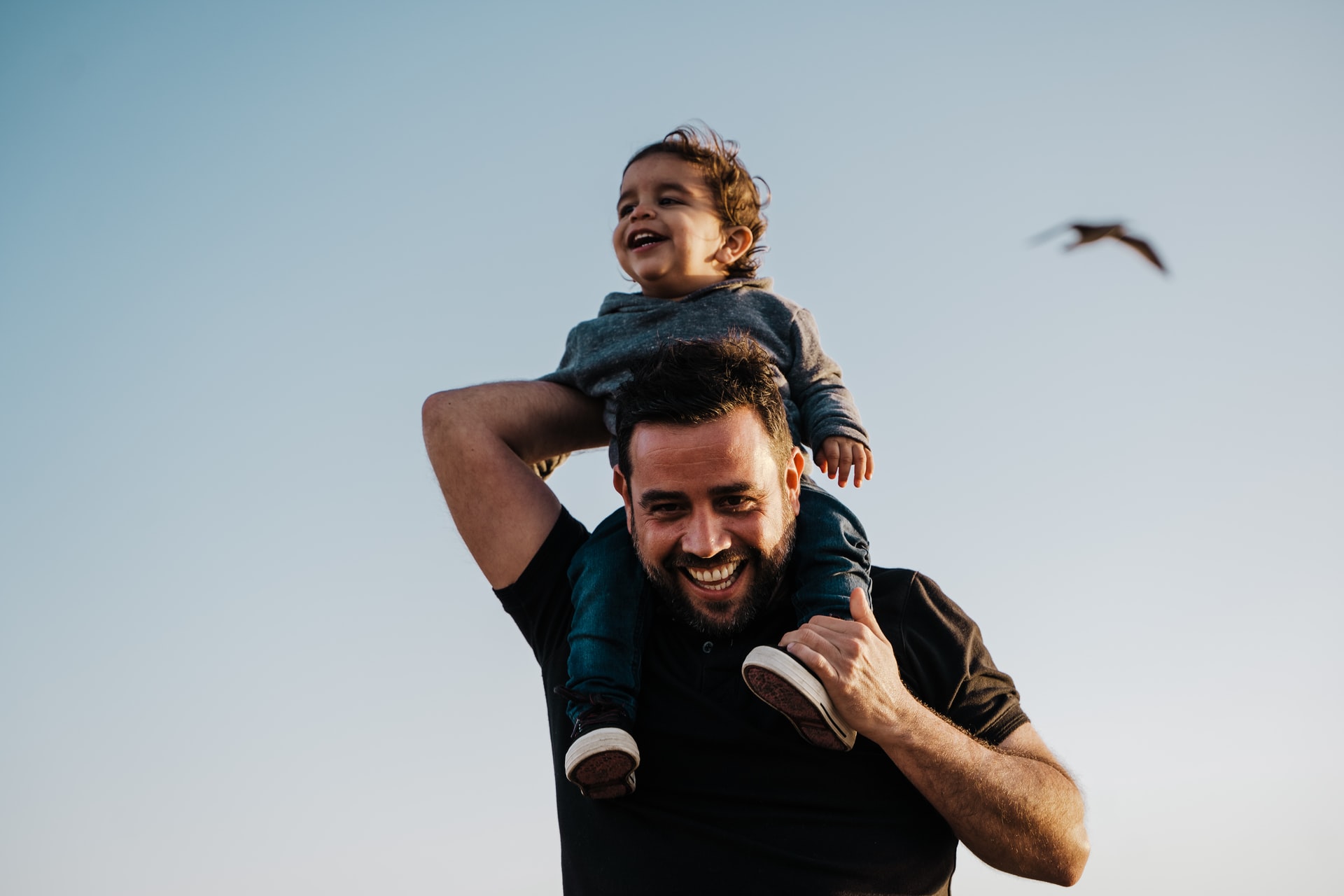
By Fauzia Abdalla
Have you heard of the Russian Babushka dolls which come in a variety of sizes and nest inside one another? Well, the story of ASLL reminds me of these nested dolls. ASLL began as a nascent idea at the bottom of the stack more than a decade ago while I was working in a clinic in Jeddah, Saudi Arabia. Speech-language pathology (SLP) was budding as a discipline with new branches sprouting up throughout the Arab world. The profession like many pioneer settings faced the daunting task of delivering services with limited clinical resources that were culturally and linguistically suitable for the Arabic context. Clinicians, linguists, and researchers scrambled to fill the void with translated, adapted and, created Arabic tests and intervention materials. Scholars contributed applicable theses to this growing collection. However, multicenter and cross-dialect collaborations to pool expertise and resources, on the other hand, remained on the periphery.
I unloaded my second babushka in the stack in Doha, Qatar when I visited Dr. Saleh Shaalan who was director of SLP services at the Hamad Hospital. I was fascinated by the quantity and caliber of resources compiled by Saleh and his team (among them Dr. Mariam Khater). It was a memorable reunion filled with stimulating ideas and shared interests. We parted with Research for Arabic Speech-Language and Hearing Disorders (Rashd), a platform for the exchange of Arabic SLP tools lodged in my suitcase.
The third nested babushka poked out from the stack in Kuwait during a discussion with Dr. Tareq Alshatti. At the time, Dr. Alshatti was the director of Sada Educational Center (for children with a cochlear implant) where I was consulting. Prof. Mostafa Abdelbarr as an IT expert came into the picture, and together we laid the groundwork for the Research Ushering Arabic Speech-Language and Hearing Disorders (RUASHD).
The dream waves refused to ebb and continued to gain momentum toward their final destination. It was time for the middle babushka to see the light of day. Dr. Abdessatar Mahfoudhi, an educational expert from CCET joined the Sada research team while I was still consulting. During one of our research meetings, I displayed a visual poster of all the Arabic resources that were collecting dust on shelves while SLPs throughout the region desperately needed them. The poster’s title was “Al-Kabat” which stands for Articulation and Language –Kuwaiti Arabic Batteries for Assessment and Treatment. In Kuwaiti Arabic, “Al-Kabat” translates as “the cupboard,” which portrays the act of unzipping and sharing the contents of the shelves with others.
The parent babushka asserted dominance and eventually ascended to the throne. When Dr. Shaalan and Dr. Khater visited Kuwait, we took advantage of the occasion and invited them to meet our trio research group consisting of Dr. Mahfoudhi, Dr. Nailah Al-Sulaihim, and myself. Finally, ASLL was born, and the rest, as they say, is history.
The team coined the acronym ASLL which is derived from the Arabic term for “foundation or origin.” We attempted to convey this concept through the logo - ASLL aspires to provide the solid roots that allow informed clinical practice, research culture, and collaboration to thrive. The five figures in the emblem symbolize ASLL’s five founders: Dr. Saleh Shaalan, Dr. Abdessatar Mahfoudhi, Dr. Mariam Khater, Dr. Nailah Al-Sulaihim in addition to myself (Fauzia Abdalla).
“If I have seen further than others, it is by standing upon the shoulders of giants.” Issac Newton stated. We wholeheartedly invite you to stand on the shoulders of ASLL and propel the Arabic Speech, Language, and Literacy Research Network to new heights.
Leave a comment